
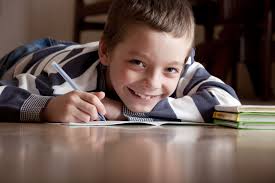
Wishing warm snuggly layers of clothing for everyone facing the brunt of winter. Even parts of Mexico, from where I just returned, were chilly, but the bright colors and hot cups of champurrado (corn and chocolate drink) warmed the soul.
Last month, I described writing “side-by-side” with others. Today I’ve got tips for using this engaging approach with kids.
I learned about side-by-side writing by joining Prolific Writers Life, a network of writers that meets online for 1-hour writing sessions. We spend 5 minutes “checking in,” 25 minutes writing independently, another 5 minutes checking in and another 25 minutes writing independently. (More about this process for grown-ups here.) Here’s how to adapt this more communal approach to writing with kids at home or in class.
Writing side-by-side with kids at home
–Sit down comfortably with kids or grandkids when everyone, including you, is ready to write.
–Invite each person to briefly share what they plan to work on: a funny story, recipe, journal entry, etc.
–Set the timer for an agreed upon time like 5-15 minutes depending on age.
–Write quietly, independently, side-by-side.
–When time’s up, check in with each other. Let each person describe their progress and how it’s going. Sharing our writing challenges and triumphs helps us connect!
–Set the timer again, write a little more and check in.
Remember to validate each child’s effort while letting them recognize your effort too. The idea is to relate to the children as writing partners or peers, so refrain from “helping” young writers unless they ask. Next, shake out the wiggles and proceed to your next fun activity!
Writing side-by-side with kids in class
–In class, break students into small groups of 4 or 5.
–Explain that before writing and during “check-in,” each student will share two things with their group: what they plan to work on (a story, report, a letter, etc.) and where they are in the writing process: brainstorming, rough draft, re-writing or editing.
–Choose a focused child to serve as “host” of each group. The host will ask the others in turn to “share.”
–The host should remember to share what they’re working on too.
–Announce the length of the writing session, usually 5-15 minutes depending on age.
–Verbally signal the start of the writing session or sound a gentle instrument such as a windchime to begin.
–Signal the time to stop writing verbally or by sounding your instrument.
–Have the host ask each group member to describe how it went for them and what they plan to do when they resume writing. (Lastly, the host should share their progress too.)
–Again, signal for the class to resume and later stop writing and allow a few more minutes for for the hosts and members to check in.
When grown-up writers check in with each other, they may say things like:
“I need to re-state my premise so even second-graders can understand.”
When second-graders check in with each other, they may say things like: “When I started my letter to my grandma, I wrote, “D-E-E-R”.
“Oh, you mean instead of D-E-A-R?”
“Oh, man! I know! I do that too!”
The point of writing side-by-side is to help kids focus, connect and learn about the writing process. It’s not the same as peer review or critique. (No need for kids to even share what they write!) Writing side-by-side is like snorkeling with friends, then checking in at the boat instead of feeling adrift!
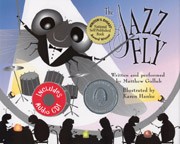
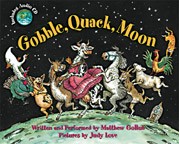
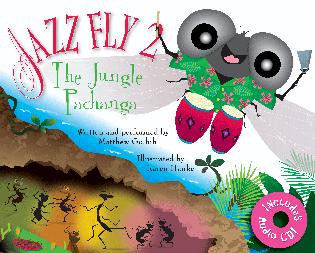
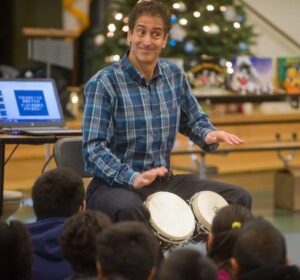 "Language, rhythm, color, life!"™
"Language, rhythm, color, life!"™